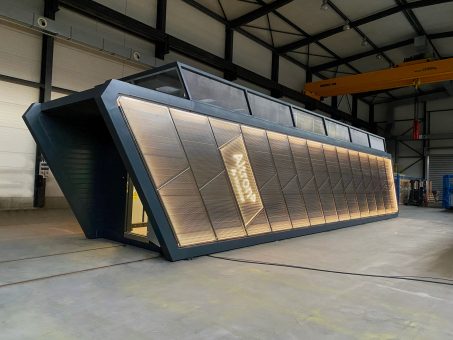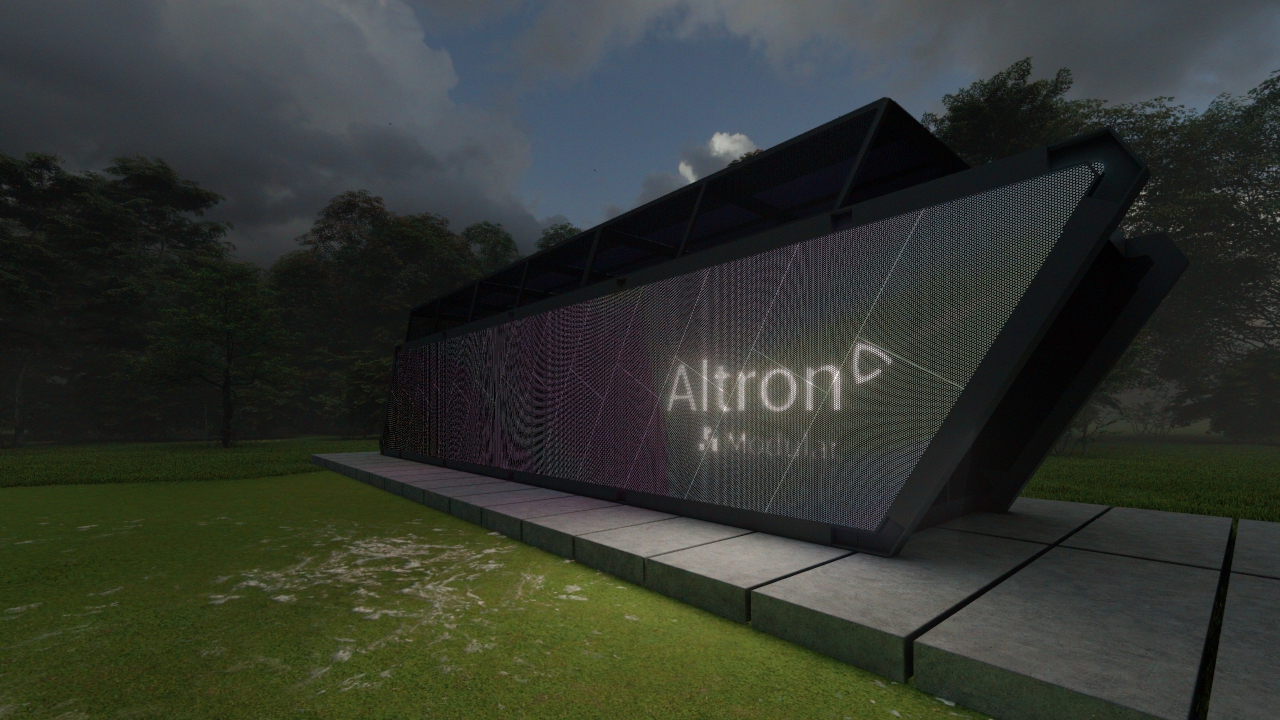Kristof Hanzlik and Libor Mladek, architects with Czech studio COLL COLL, are the authors of the striking visual concept for the 3rd generation of EdgeDC modular data center. What does the process of designing a new modular data center look like?
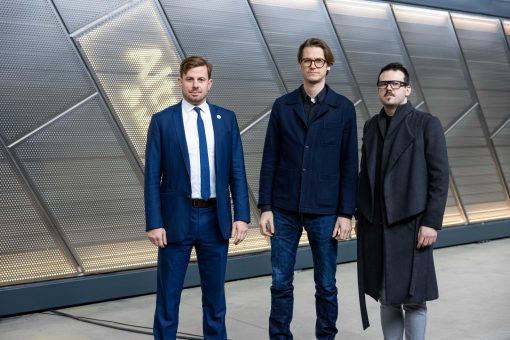
EdgeDC explained by architects Kristof Hanzlik and Libor Mladek
Altron’s specialty is to design functional and stable system solutions. Knowing that appearance can be a competitive advantage, they approached us to help them find an adequate form for their 3rd generation of the EgdeDC product. Its predecessor is a white utilitarian container with a cubic top air conditioning unit.
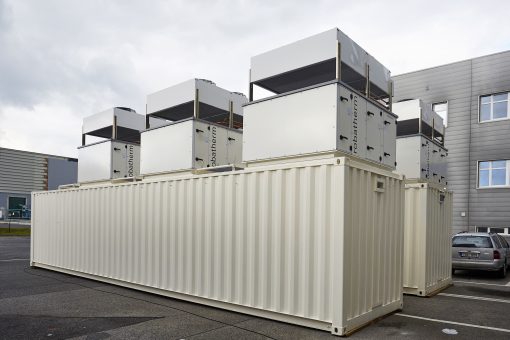
The successor aims to not only be an excellent functional stand-alone all-in data centre, but also to have a distinctive look that won’t limit the product from being placed “somewhere in the back so it can’t be seen”. At the same time, its distinctive shape needs to stand up in the context of the city, in the forest and in the desert.
Our task was therefore to get the most out of the prototype visually and functionally within the given timeframe.
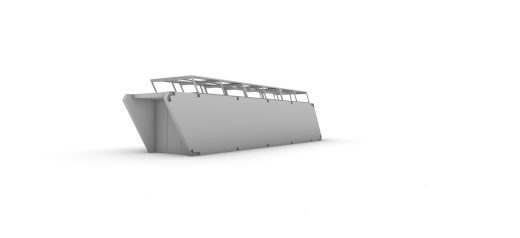
We adapted the basic concept so that each part of the whole speaks the same visual language. Due to the durability and manufacturing costs, a stainless steel cladding in the form of perforated cassettes was chosen. The chamfered edge of the module is its essential and most impressive feature. The cladding continues and further develops this aesthetic. The large volume of the container is articulated and divided by individual panels of perforated stainless steel sheet, so that it does not look so uniform. The partial reflections of the stainless steel surface allow the object to easily take on the colour of its surroundings.
Last but not least, our goal was to make the technology inside adequately permeate and reflect on its surface. We added a number of sensory functionalities such as ambient backlighting/illumination of individual panels and logos.
The sensory detects your presence, the module animatedly “loads” and the logo hidden behind the sheet metal that you couldn’t even notice until now lights up. The entrance area is covered by an asphalt roof. The internal lighting is in blue and red to illustrate the range of thermal zones. The space on the other side of the module serves as an exterior lockable storage area.
The presented appearance is a basic form that can be further modified by the client. Any logo can be placed, the colours of the LED backlight and its sensors, the surface finish, the printing and the perforation structure itself can be changed. This can take any graphic form from geometric patterns to any modified photograph.
Asthetics as a new trend in data centers
Research group Omdia agrees that aesthetics is one of main community concerns when it comes to data centers.
We have seen a significant rise in “not in my back yard” sentiment at global data center hubs like Singapore, Amsterdam, Dublin and Virginia. The three main concerns voiced by community groups are environmental impact, overbuilding and aesthetics. Altron’s new modular data center design addresses the last concern head on with a stunning architectural approach. The global demand for new digital services and lower latency computing is not going away any time soon, requiring the formation of a symbiotic relationship between the data center and the city. In this context, Altron’s 3rd generation EdgeDC is a step in the right direction,
explains Vladimir Galabov, Omdia Research Director Cloud and Data Center.
